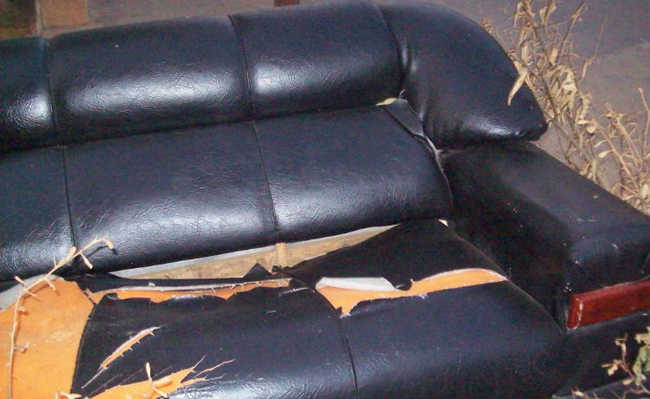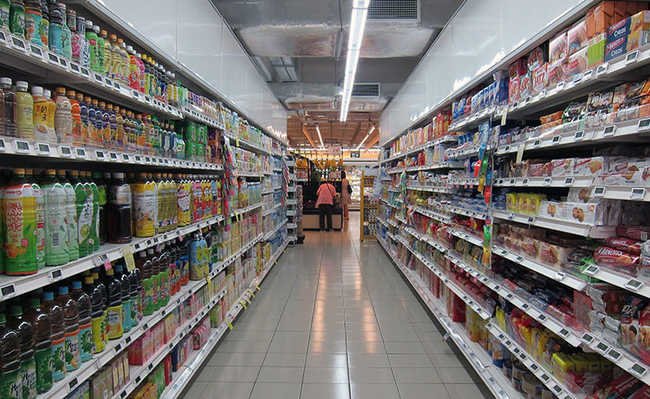Photovoltaic system cables: promoting energy flow
Discover the functions of the different types of cables needed for a solar energy system

Have you ever thought of a more sustainable way to get energy? One of the alternative and renewable sources that is growing and gaining more space among Brazilians is solar. Brazil is an excellent market for the energy sector, as the average solar radiation that falls on the country's surface is up to 2300 kilowatt-hours per square meter (kWh/m²), according to Cepel's Solarimetric Atlas.
Despite some incentives for the use of this type of renewable energy (important as it enables a reduction in concerns regarding the reservoirs of hydroelectric plants, which in recent years have suffered from the lack of rain and excessive sunshine), they can still be observed some doubts among consumers and those interested in applying this system in their homes or in their businesses. How does it work? What is the cost of its installation? Is the financial return beneficial? Where to buy? The questions are many. Well, let's get to the answers!
A photovoltaic solar energy system (also called a “solar energy system” or even a “photovoltaic system”) is a model in which the components of your kit work in order to capture solar energy and convert it into electricity. The energy produced can then be used to supply the electricity grid on a large scale, as happens in solar plants (commercial energy sector), but it can also be generated on smaller, residential scales (solar energy for domestic use). In addition to the solar system for generating electricity, there is also one for thermal energy, which aims to use solar radiation to heat water.
Photovoltaic solar energy systems have some basic components, grouped into three different blocks: the generator block, the power conditioning block and the storage block. Each group is made up of components with specific functions.- Generator block: solar panels; cables; support structure.
- Power conditioning block : inverters; charge controllers.
- Storage block: batteries.
Knowing how solar panels work, we can now talk about cables, that is, the wiring of the system.
The system wiring is what interconnects its components, promoting the flow of energy between them, so that you can use solar energy in the form of electrical energy.
The specifications of the types of cables to be used will depend on the variation of solar panel to be installed. The distances between the system components must also be taken into account, knowing that there is a maximum distance allowed between two points to be connected, which, when exceeded, causes a voltage drop that minimizes the system's efficiency. Thus, it is worth remembering that what is recommended is to always try to locate the components at the smallest possible distances, to minimize energy losses during the journey.
Installation
For the installation of the cables, appropriate fastening materials are required, which must be resistant to atmospheric agents, such as rain and wind. The cheapest options for these fastening materials are clamps.
Module or row cables
In order to ensure protection against failures and short circuits, these are conductor cables that have the function of connecting the individual generator modules and the junction box, which allows the current, produced by the photovoltaic cells, to be directed to the rest of the system . To better understand what modules are, see the image below:
DC main cable
This is the cable that makes the connection between the generator junction box and the inverter. These cables are sensitive to ultraviolet radiation and, for this reason, the best option is for the junction box to be installed indoors. If this option is not available, there is a need to tub these cables to protect them from being damaged.
AC extension cable
It is the cable that connects the inverter to the receiving network, through a protection device.
Electrical conductors, wires or cables, must be made of copper, with thermoplastic insulation (plastic that, at a certain temperature, undergoes an increase in its malleability, allowing it to be molded).
- Guide on how to install residential solar energy, tips and guidelines
make sure
Remember to ensure that the components used are certified by the National Institute of Metrology, Quality and Technology (Inmetro), which implemented Ordinance No. 357 in 2014, with the objective of establishing rules for the generation equipment. Photovoltaics.
The return on investment time in the photovoltaic system is variable, and depends on the amount of energy the property requires. Despite this, the advantage of the home system is the economy: once this payback time is reached, the energy bill no longer needs to be paid. Energy from the sun that turns into “free” electricity! A lot of money can end up in savings rather than being spent without much benefit.
In addition to photovoltaic solar energy being considered clean as it does not generate waste, it is also one of the most promising renewable resources in Brazil and in the world, as it causes minimal environmental impacts and reduces consumers' carbon footprint - they will be minimizing their emissions by choosing a way of obtaining energy with low harmful potential.
Unfortunately, there are still few incentives and financing lines for this type of energy in Brazil, which are still difficult to access and have little applicability. It is expected that, with the increase in the consumption of photovoltaic energy systems, new incentives, more applicable and accessible to common housing, will emerge.










